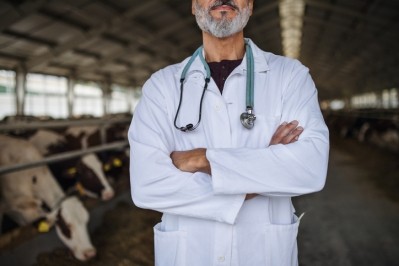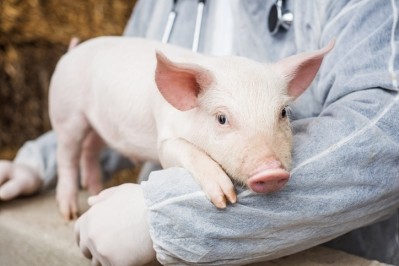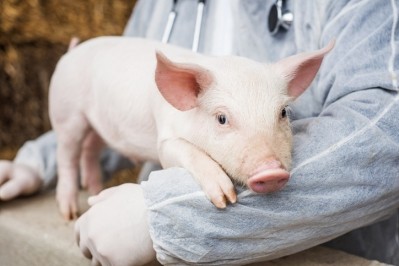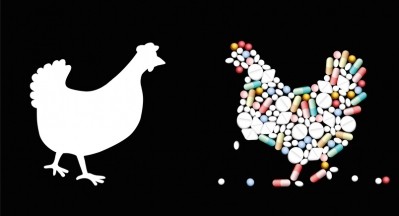FDA: Sales of antibiotics for food-producing animals rise for second year in a row
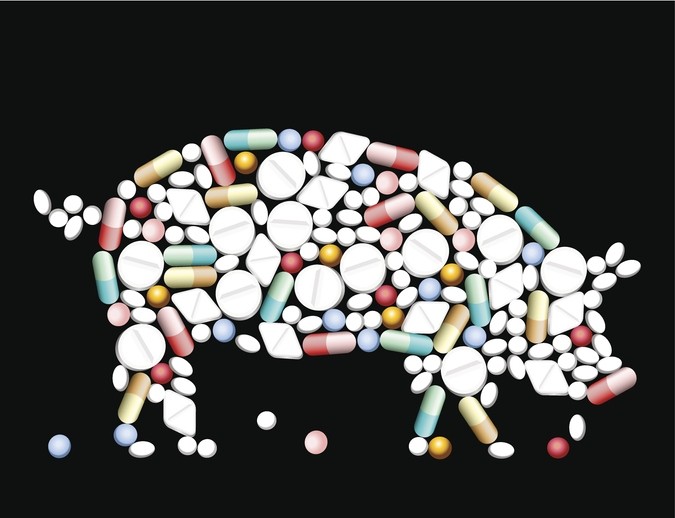
US sales and distribution of antibiotics deemed important for human health for use in US farmed animal production rose 3% in 2019 compared to the year prior, found the regulator’s report.
The US watchdog had observed a 9% increase in the sales of such drugs in farmed animals in 2018 versus 2017, following what had been a slow down for three years in the sales of such antibiotics for use in farming.
In 2017, the FDA banned the use of antibiotics as growth promoters. Those new rules meant the drugs, formerly available over the counter, could only be obtained with a veterinarian’s order to use them for treatment, prevention, and control of a specifically identified disease.
The latest FDA publication shows sales for 2019 of medically important antibiotics per species were about the same for use in cattle, an increase of less than 1% on 2018, but they jumped by 9% in swine production versus the year prior. There was a decrease of 13% in sales for chicken production compared to 2018 and antibiotic sales for turkeys dropped 4%.
In total, the data indicates that 6.1m kg of medically important antibiotics were sold to US animal producers in 2019. Of those, around 41% were intended for use in cattle, 42% in swine, 10% in turkeys, and 3% in chickens. Data around the sales of antibiotics and their distribution does not always correspond to actual application on farm, however.
In 2019, the class of medically important antibiotics with the highest sales into the US farm sector were tetracyclines, which represented 67% of all sales. Penicillins accounted for 12% of sales, and macrolides for 8%.
Call for legislation
In response to the FDA’s report, Sydney Riess, public health campaigns associate for public interest group, US PIRG, stated:
“We should be clamping down on antibiotic-resistant bacteria, not fostering their rise. The less we use antibiotics, the better our chances of preserving these life-saving medicines for the future.
“From 2015 to 2017, sales of medically important antibiotics for use in food-producing animals declined sharply, in large part due to decreases in the chicken industry. But with 83% of these sales now going to the beef and pork industries, and a steep jump in the amount of these drugs diverted to pigs last year, it’s time for serious action in those sectors to reduce antibiotic use.
“This trend confirms the need for federal policy that prohibits the use of medically important antibiotics in food animal production unless it’s to treat sick animals or to control a verified disease outbreak.”
The US poultry sector has been leading the way in terms of the phasing out of medically important antibiotics from production. In recent years, nonprofit groups and investors persuaded most of America's top 25 fast-food chains, including McDonald's, The Wendy's Co. and Subway, to serve only chicken raised without the help of medically important antibiotics.
By 2018, 92% of US broiler chickens were raised without such antibiotics, noted a report on S&P Global Market Intelligence this week.
That pressure now is set to intensify as restaurants, investors, regulators and consumers push big meat producers to cut antibiotic use across more protein groups, especially beef, pork and turkey, wrote S&P Global analysts.
European AMR reduction drive
Meanwhile, this week saw the European Commission publish its 5th progress report on the implementation of the European One Health Action Plan against Antimicrobial Resistance (AMR), which was adopted in June 2017.
The progress report, it said, shows that a number of AMR initiatives have been continued or put in place in recent months.
“For example, the Commission has adopted in the EU Farm to Fork Strategy a target aiming to reduce by 50% the overall EU sales of antimicrobials for farmed animals and in aquaculture by 2030. This objective will be supported by the implementation of the recent Regulations on Veterinary Medicinal Products and on Medicated Feed for which implemented and delegated acts are currently being drafted.”
